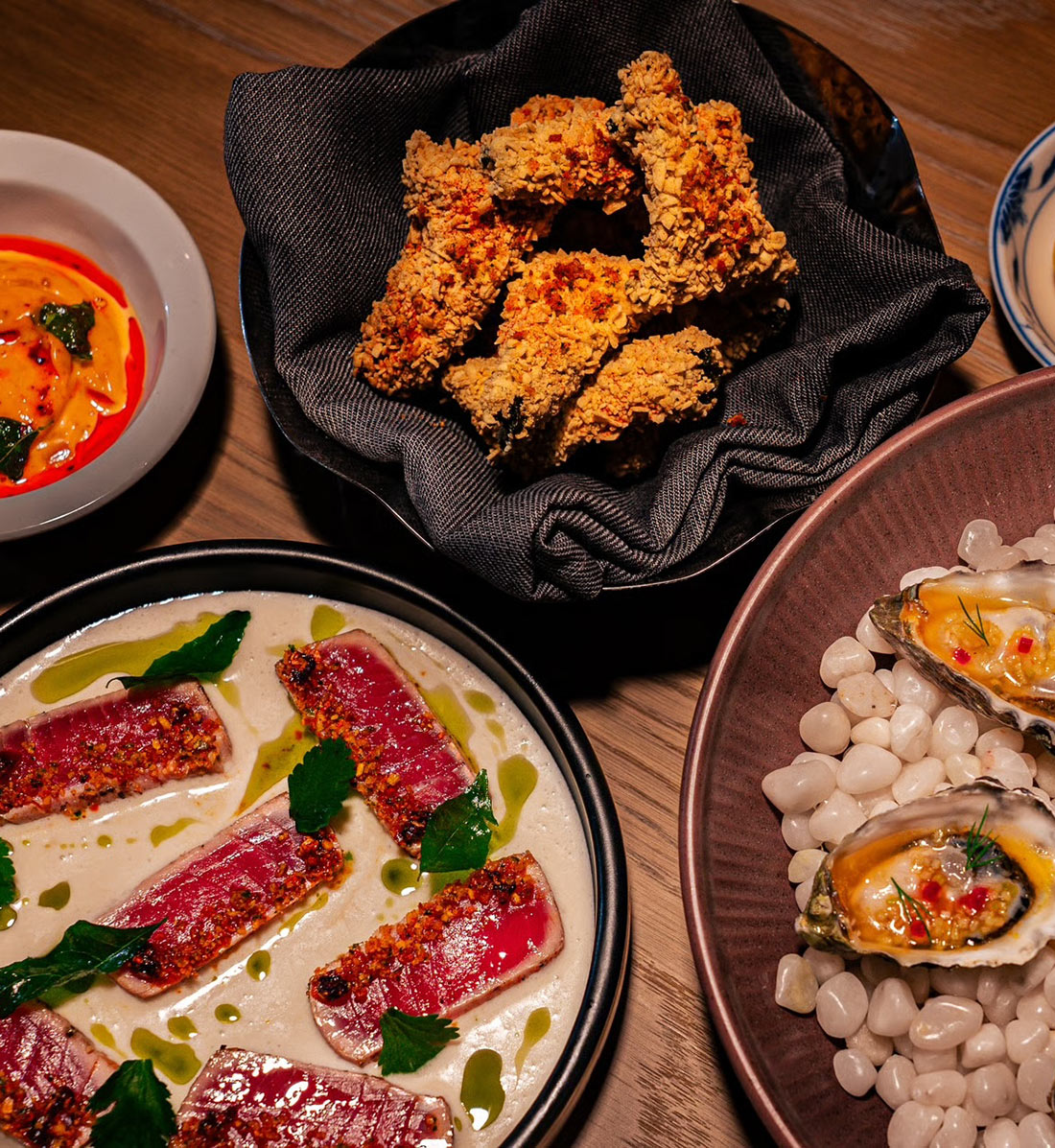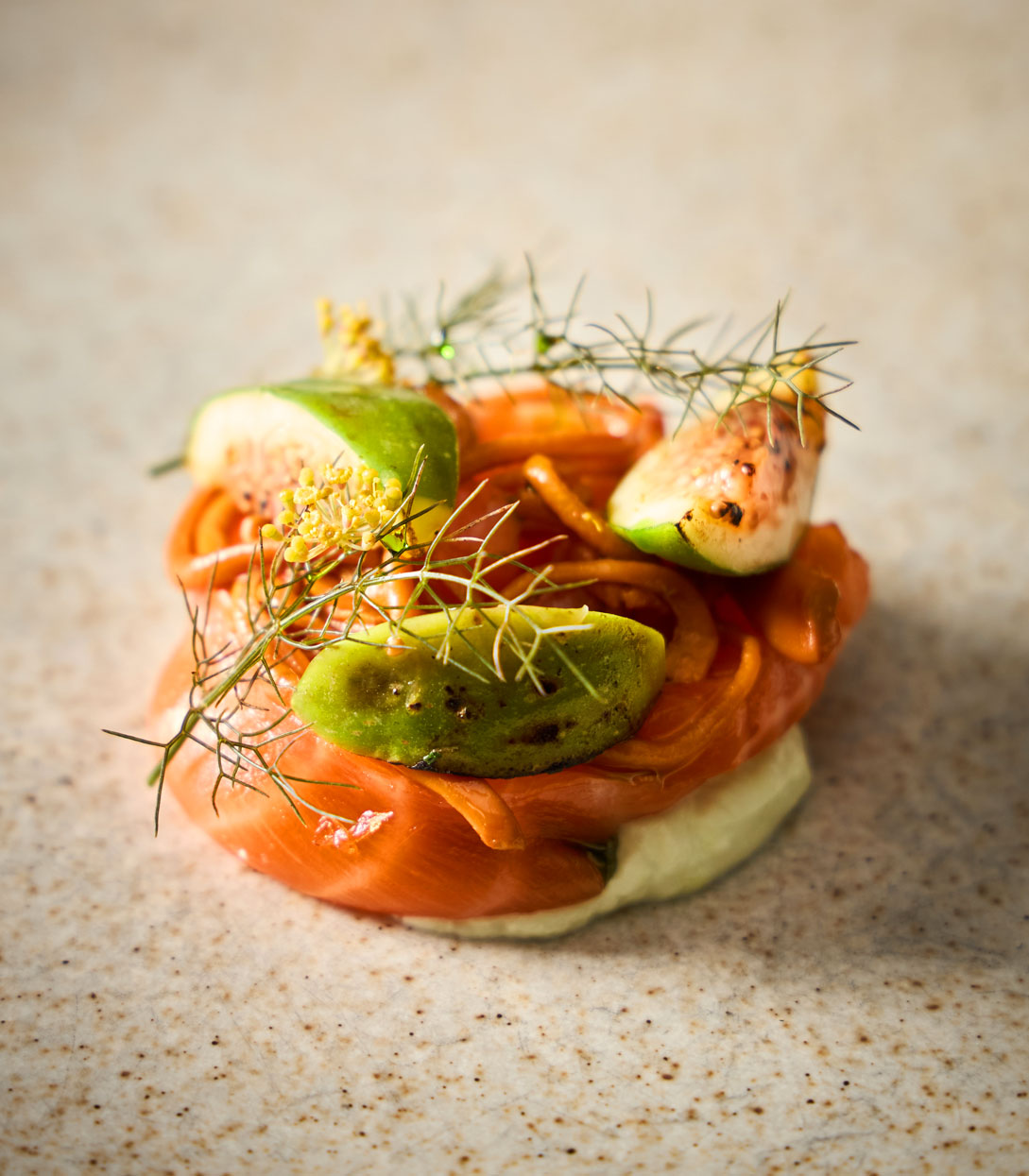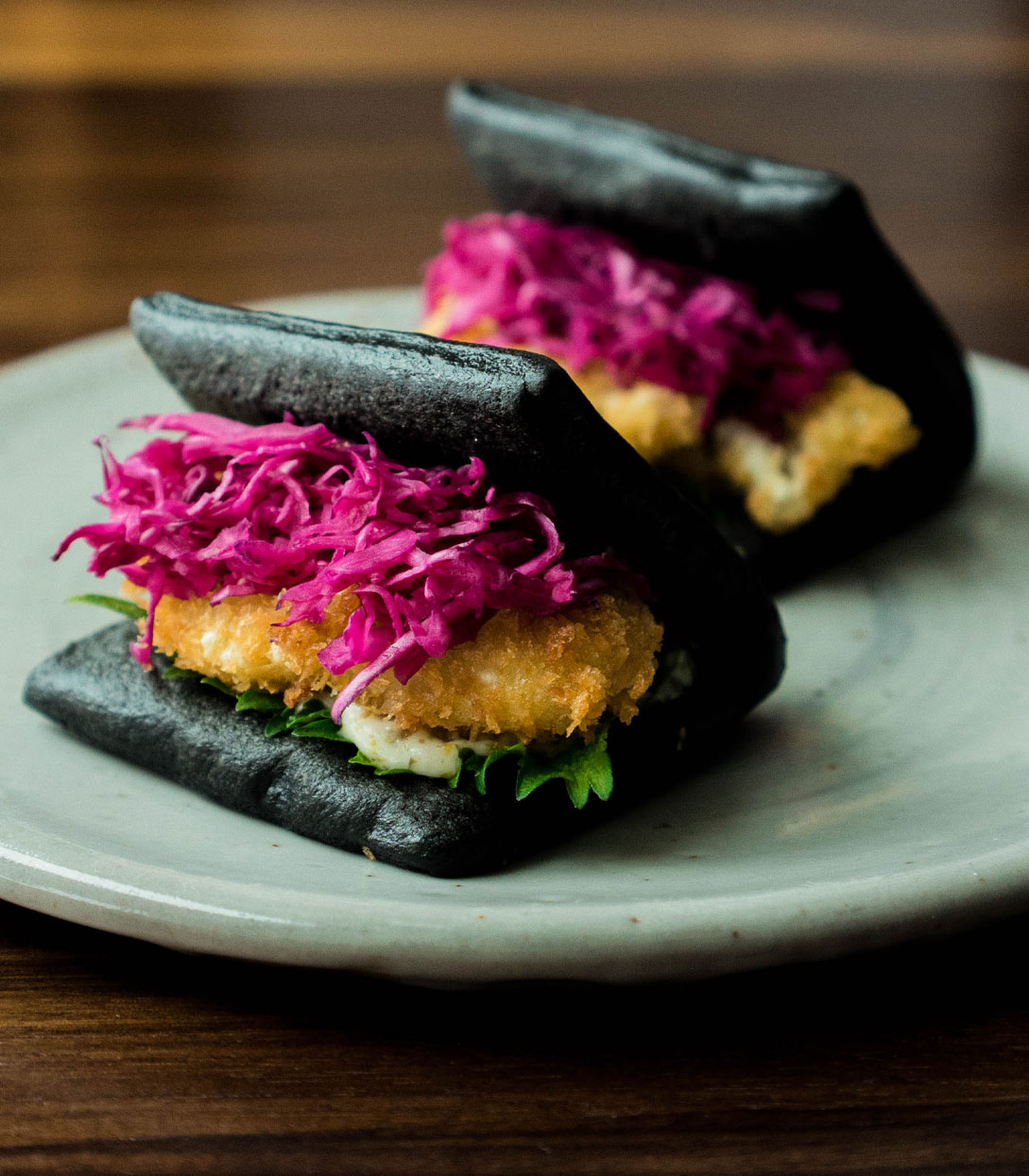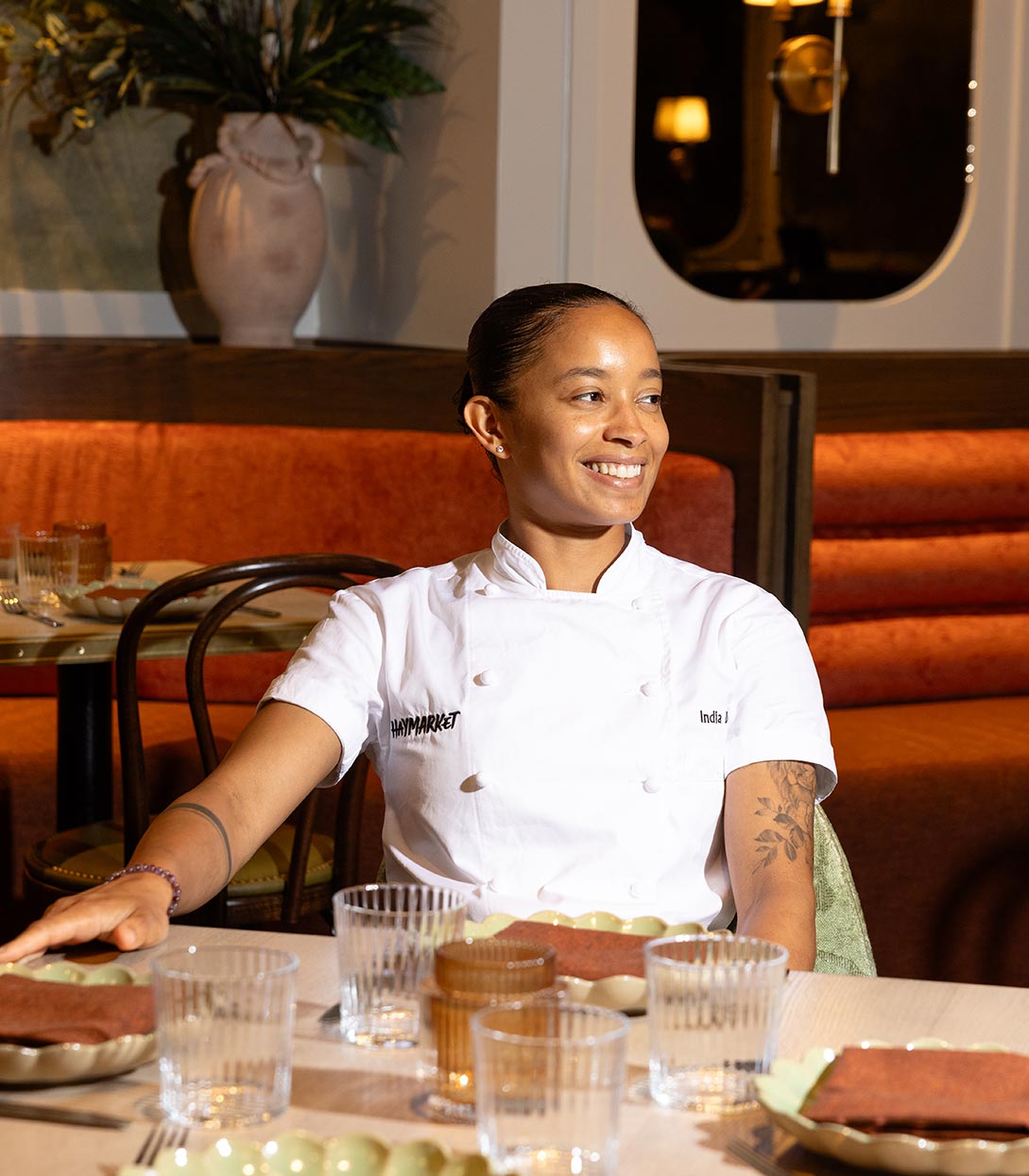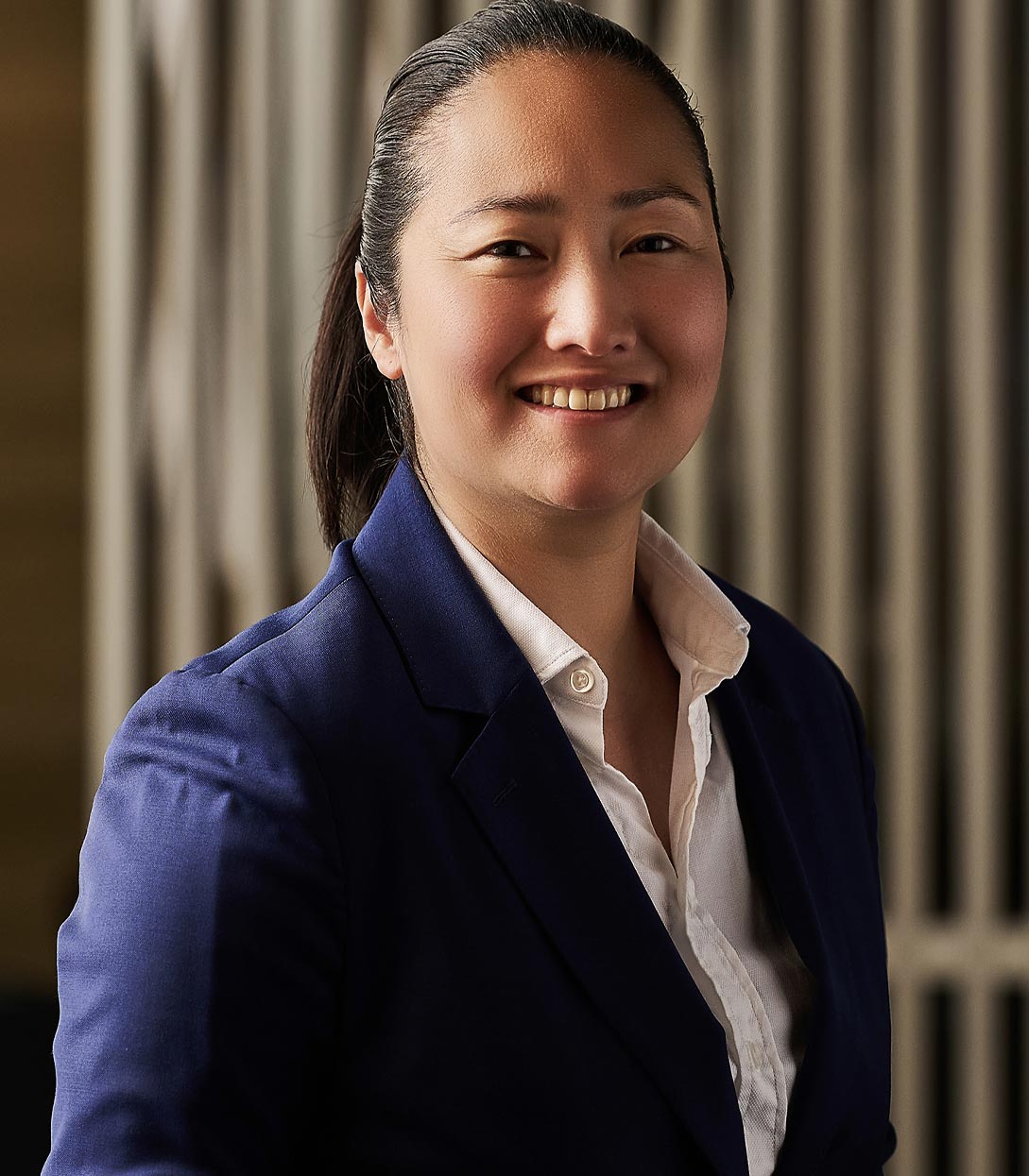After 13 years, this Los Angeles Japanese restaurant has been reimagined to resemble a Japanese tea garden infused with California culture.
“It feels like all the clunkiness that was there before has smoothed out, and the rough edges have become softer,” says Niki Nakayama, chef/owner of n/naka. “I equate it to a person as when we age, we get softer in certain ways and find a sense in one’s self.”
As Nakayama puts it, she and co-chef/owner (and partner in life), Carole Iida-Nakayama, are “no spring chickens” — a notion that’s clear from the duo’s One MICHELIN Star, appearance on Chef’s Table, and legacy standing in the Los Angeles dining scene. Even though they have been painted as pioneers among female chefs, Iida-Nakayama says they’ve outgrown this narrative and there are more sides to showcase now. It's what spurred the reinvention of n/naka.
One of the most notable changes is the new position of the wine cellar. Formerly the focal point upon entrance, it's been replaced by a curved, lighted wall and a shoji screen. Since opening in 2011, the wine wall, says Iida-Nakayama, emerged as a symbol of the restaurant and of their role as women in the kitchen. Although the wine wall is a part of their story, and still lives in the restaurant (now on a back wall), she emphasizes “it was time to put that story to rest; the focus shouldn’t be on that anymore.”
Now, the first thing guests perceive is a soothing palette of cool grays along the tobishi-style entrance path of hand-selected California stone. The new layout guides diners into the restaurant instead of planting them at the center of the dining room. “It lets guests slow down and reframe their mind before going into the dining space,” says Nakayama on this intentional decision.
The entrance is a riff on the traditional Japanese tearoom where the entire walkway is dedicated to minute details. The slate walls are a nod to Japanese shikkui plaster while the curved lines evoke California’s Mission architecture. Since the path is so minimal, “it allows guests to notice details but not have anything forced upon them,” says Iida-Nakayama as they begin to “let the outside world go” and focus on what’s before them.


Actually, the first detail shines prior to entering the restaurant; a hand forged door handle by metal craftsman Nagai Toshiaki, founder of Cotrik Studio in Tokyo. The owners discovered Toshiaki and became enamored with his process of heating the hammer before banging it against natural stone so that the hammer is imprinted with the texture of this stone before he continues to inflict that same natural print on the handle.
Guests then follow the tobishi-style path that was laid out using araidashi, a Japanese method of mixing mortar with tiny stones that’s poured around the larger rocks then washed with a damp sponge to reveal the scattered rocks; this imperfect pattern recalls wabi-sabi, another Japanese way to embrace that nothing is ever perfect.
“When we were younger, we just knew we were Japanese; now growing up we know how to show that and embrace it,” shares Iida-Nakayama about embracing parts of their Japanese heritage both personally and professionally, as of late. “We’re trying to instill these things that we value into the heart of the experience.”


Perhaps less subtle is the stunning copper flower vase crafted by Naoki Sakai that beckons a peek through the vaulted aperture it hangs from into the dining room. Then comes the oversized, upright stone just before the arched entrance — a symbolic mark as both the end of the path and the official start of the dining portion.
“Sometimes when you enter a fine dining experience, you’re overwhelmed with luxury; we wanted to scale it down for a more personal and meditative journey,” says Iida-Nakayama. Our designers [Minoru Oyamatsu of Oyamatsu Design Studio and Beau Laughlin, founder of Framework] did an amazing job at understanding the limited space we have to help guests enjoy the process of discovery."
Details extend to the dining room where tsuboniwa, or courtyard gardens, are visible through the windows, and florals are rotated weekly by an Ikebana artist; both aspects that Nakayama says, “pronounce nature since we don’t have windows or access to outside.” The rounded chairs replace sharp, white edges for lustrous, California black walnut and cater to comfort for longer seatings; the tables line up with the grains of each other. Even though they’re all separated, this was a detail that was noticed when two tables were pulled together during friends and family, which Iida-Nakayama says made her “feel really proud of the space.”
One of the more personal additions is the main dining room’s center wall of handmade washi paper by Wataru Hatano. “Carole put up the wallpaper with the designer [Oyamatsu] by hand,” beams Nakayama on this special element, adding that the visual texture makes the room feel crafted as opposed to just a minimalist space.
Repeat diners may recognize some of the artisanal elements that Nakayama wanted to keep as showpieces, like the Japanese cooking molds which she said they kept because they’re a part of their journey, and carved wooden blocks adorned with gold paint. “To keep these symbolic things is a reminder that n/naka is still n/naka,” shares Nakayama, reverting to her opening sentiment. “It’s just an evolution of growth and change but we still remain the same.”

Hero image: Zen Sekizawa / n/naka
Thumb image: Zen Sekizawa / n/naka









